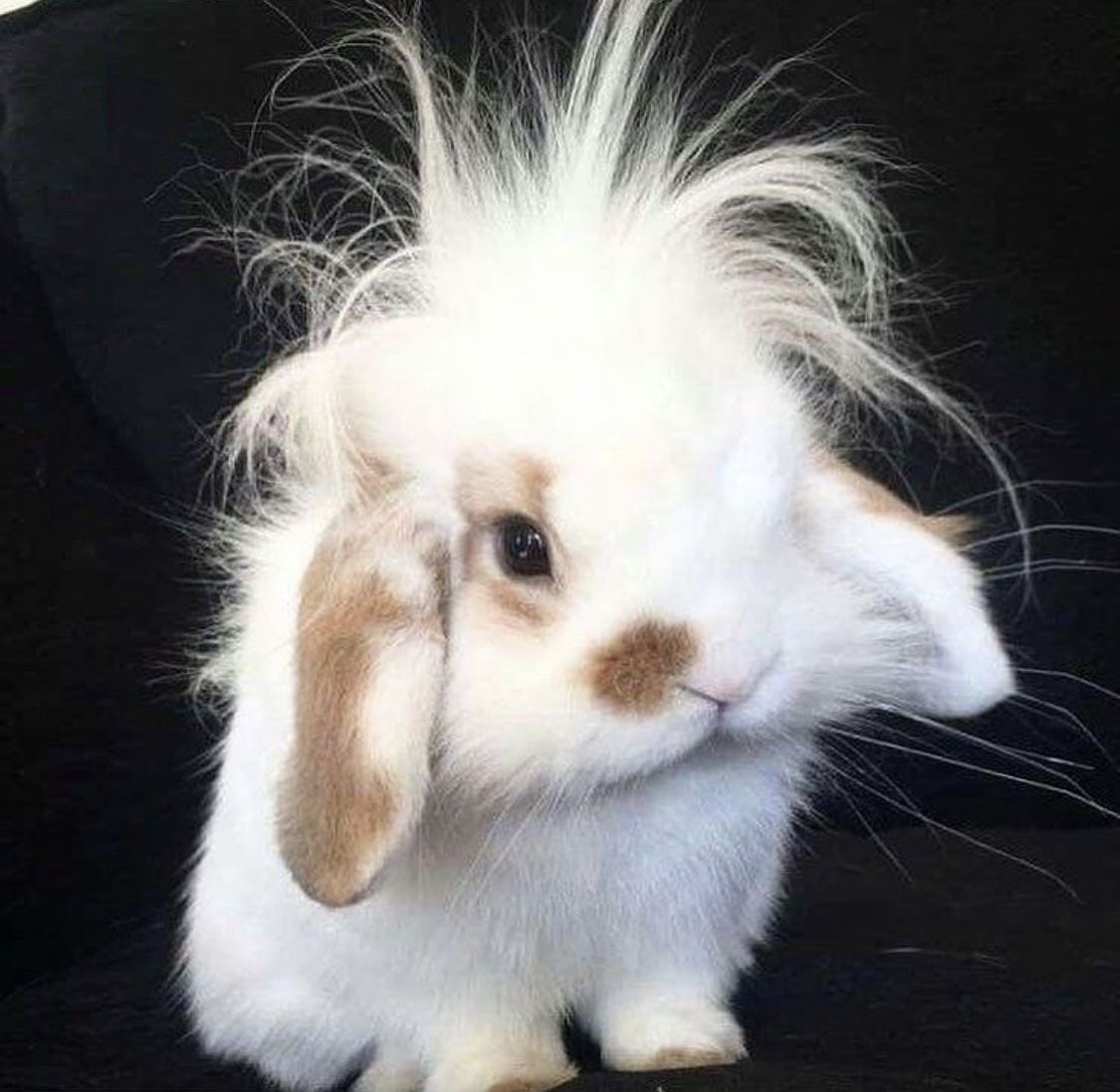exmqa vidoeo
Cards (26)
- | equilibrium
- speed of forward & backward reactions are the same
- happens in a closed system
- overall concentration stays same
- | le chatelier's principle
- position of equilbrium will shift to counteract change by change in..
- temperature
- pressure
- concentration
- forward reaction is exothermic
- backward reaction is endothermic (+)
- if temperature is increased the equilibrium will shift to the left to decrease temperature
- ratio of reactants increases
- when PRESSURE increases, equilibrium will shift to where there are less molecules
- more products
- if you increase CONCENTRATION of products, reactants will increase
- catalysts do NOT effect position of equilibrium
- catalyst speeds both reactions equally
- | measuring rates
- mix sodium thiosulfate & HCl into flask over a cross
- start stopwatch & keep eye on cross as precipitate forms
- stop stopwatch & record time for cross to disappear
- repeat with different concentrations of HCl
- plot graph of time taken vs concetration
- higher concentrations = less time
- activation energy: minimum energy needed to start a chemical reaction
- reaction will only occur if particles have enough energy to react; energy of particles have to be greater than activation energy
- rate of reactions: frequency of collisions
- 5 factors that affect rate
- temperature: more kinetic, more collisions
- pressure: particles closer
- surface area: more surface area, more surface to collide
- concentration: more particle in same volume
- catalyst: reduces activation energy, more particles can react
- | air pollution
- carbon dioxide
- made during complete combustion
- not toxic but causes global warming
- carbon monoxide
- incomplete combustion
- binds to RBC so we can't carry oxygen
- soot
- incomplete combustion
- absorbs sunlight
- breathing problems
- sulfur dioxide
- burning fossil fuels due to sulfur impurities
- makes acidic rain & affects trees, lakes & limestone buildings
- respiratory problems
- nitrogen oxides
- energy from lightning or heat of burning
- potable water: not contain many dissolved substances
- potable water comes from...fresh watersea waterreverse osmosis
- fresh water is collected from ground or surface
- filtrate to remove large undissolved substances
- sterilisation with chlorine or UV to kill microbes
- sea water is tooooo salty
- use distillation
- add water & seal with bung
- heat solution so vapour evaporates
- vapour cools & condenses
- collect liquid in beaker
- too expensive
- reverse osmosis
- low to high through partially permeable membrane with energy
- | waste water treatment
- filtered to remove large objects
- remaining waste goes into container until it forms 2 layers- sedimentation- bottom layer is sludge, top layer is effluent
- sludge goes to anaerobic digester to be broken down into fertilliser
- effluent goes to aerobic digestion; adding oxygen removes bad microorganisms
- now it can return back into river
- impurities
- increases boiling point
- increases range
- decreases melting point j
